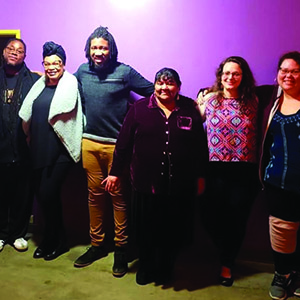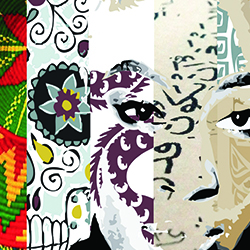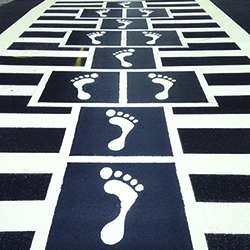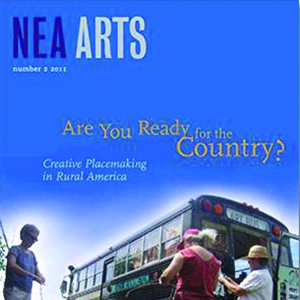STORY SHIFT PRINCIPLES
This co-created framework is intended as a starting point for artists, media makers, storytellers, journalists, and cultural producers to be accountable to the people and communities featured in their work.
289
10 WAYS TO PARTNER WITH COMMUNITY ARTISTS IN THE NEW YEAR
In their weekly blog, Americans for the Arts, takes a look at the several ways communitys, governments, and other leaderships can partner with local artists from making grants more accessible to community artists to Co-creating grant proposals for projects with community artists.
WHAT ARE THE PARADIGM SHIFTS NECESSARY FOR THE ARTS SECTOR TO NURTURE THRIVING INSTITUTIONS OF COLOR?
Yancey Consulting asked the question whether sustainability is the true intent. Is the desire for organizations to “maintain [their] own viability” or be “able to be supported with the basic necessities or sufficient funds”? We found that sustainability is the start but not the end. Findings are intended as critical steps in creating a more equitable environment for historically disinvested arts and culture organizations to thrive.
AMERICAN PLANNING ASSOCIATION'S KNOWLEDGEBASE
Contains multiple resources from the American Planning Association that provide background and policy guidance on creative placemaking for example Measuring Outcomes of Creative Placemaking, Creative Placemaking and Equity, Creative Placemaking and Community Goals, articles, reports, guides, factsheets, blog posts, plans, statutes, regulations, and useful websites. You can filter these search results by various graphic and demographic characteristics.
ANIMATING DEMOCRACY IMPACT WEBSITE
An online storehouse of resources that offers a A Place to Start in evaluating arts and community change; stories and examples that describe how real arts projects have been evaluated and annotated evaluation resources, tools, and frameworks in Evaluation in Action; and more.
ARE YOU READY FOR THE COUNTRY?
Rural America may be more connected than ever before -- through the Internet, better phone services, and improved transportation systems -- but it still faces unique problems. This issue of NEA Arts looks at the creative approaches rural communities have been taking with the arts to help improve their communities socially, aesthetically, and economically.











